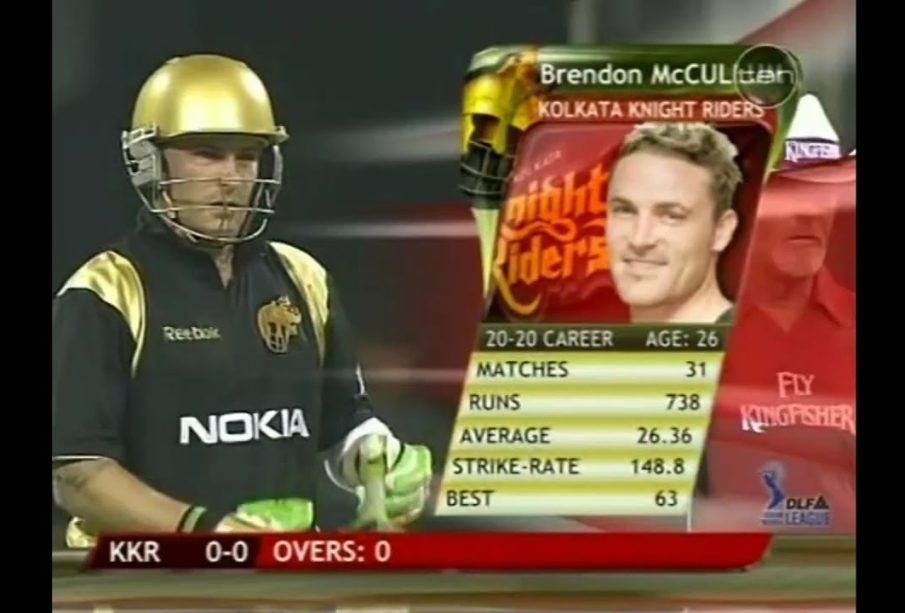Remembering IPL 2008: The Start of a Cricket Revolution

Introduction
The Indian Premier League (IPL) 2008 marked a transformative moment in the world of cricket, revolutionizing the traditional format of the game through its innovative Twenty20 format. Initiated by the Board of Control for Cricket in India (BCCI), the tournament not only turned cricket into a lucrative business but also attracted a global audience and changed the way cricket was played and consumed worldwide.
Details of the Tournament
IPL 2008 commenced on April 18 and concluded on June 1, featuring eight franchise teams representing different Indian cities. The inaugural edition consisted of an exhilarating 59 matches, with 8 teams battling out for the coveted title. The format combined a round-robin stage followed by playoffs, ensuring plenty of excitement and entertainment for fans.
Key franchises like Chennai Super Kings, Mumbai Indians, Royal Challengers Bangalore, and Kolkata Knight Riders saw significant backing from business tycoons, which underscored the commercial potential of cricket. The tournament featured numerous international stars such as Brendon McCullum, who scored a breathtaking 158 runs in the opening match, setting the tone for the season. Ultimately, the Rajasthan Royals emerged victorious, led by the charismatic Shane Warne, who not only served as a captain but was also instrumental in mentoring young players.
Impact on Cricket and Popular Culture
IPL 2008 did more than just entertain cricket fans; it brought in a wave of commercialization that had a lasting impact on sports in India and beyond. It showcased a new model of franchise-based leagues which have now proliferated across various sports worldwide. The success of IPL contributed to enhanced viewership, sponsorship deals, and media rights, ushering in a new era for cricket.
The league also played a vital role in popularizing T20 cricket and attracting a younger audience, with matches regularly drawing large crowds in stadiums and millions watching on television. Icons like Dhoni and Gambhir became household names, and the mix of entertainment, celebrity appearances, and music added a festive atmosphere to matches, making it a significant cultural phenomenon.
Conclusion
As we reflect on IPL 2008, it is evident that it was not just another cricket tournament but rather a pivotal event that reshaped the landscape of the sport. Its legacy continues to influence how cricket is played, broadcast, and celebrated. With growing international participation and expansion of the league, the essence of IPL remains strong, promising even greater excitement in future seasons. For cricket fans, IPL 2008 will always be remembered as the year that transformed the game forever.









